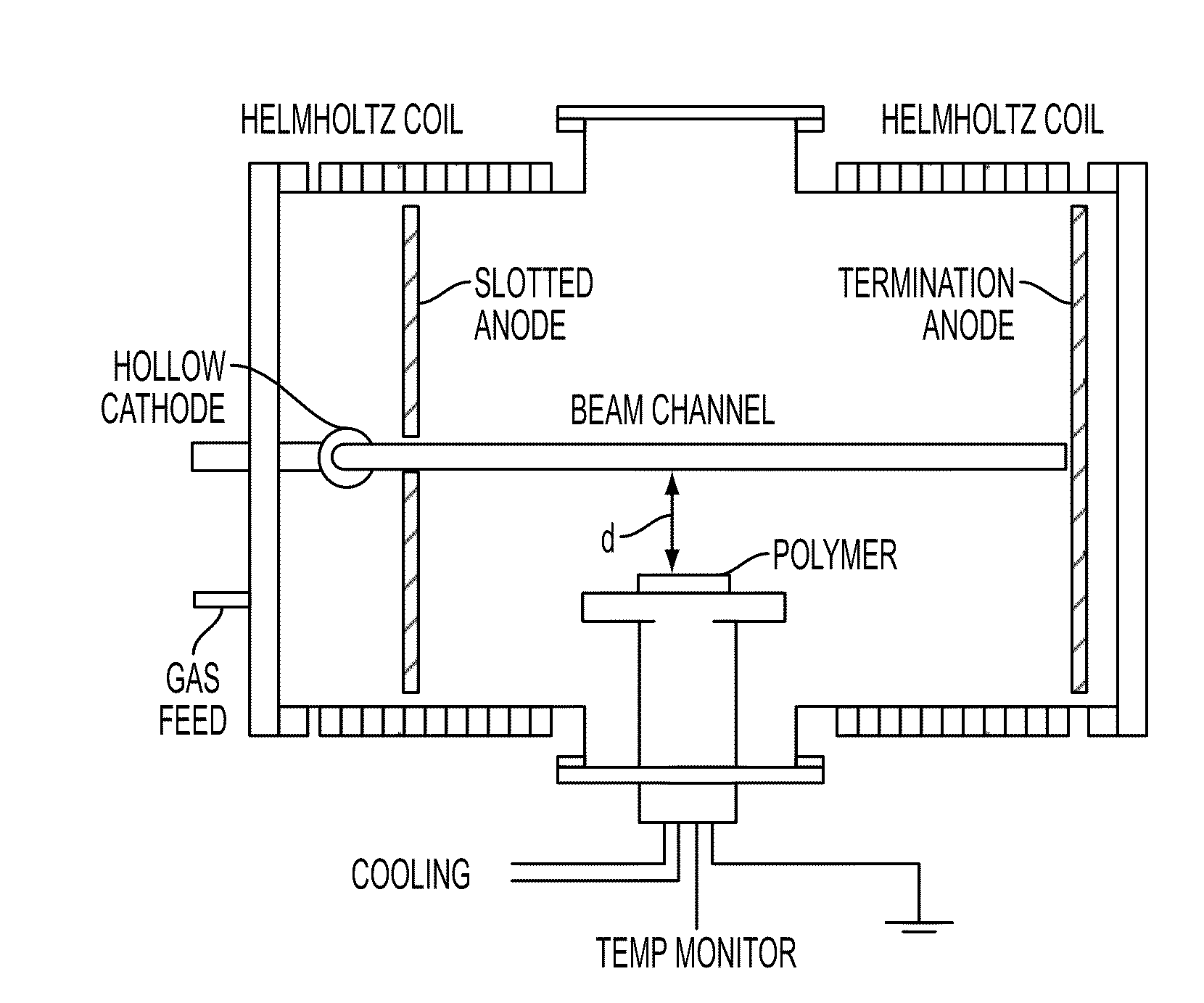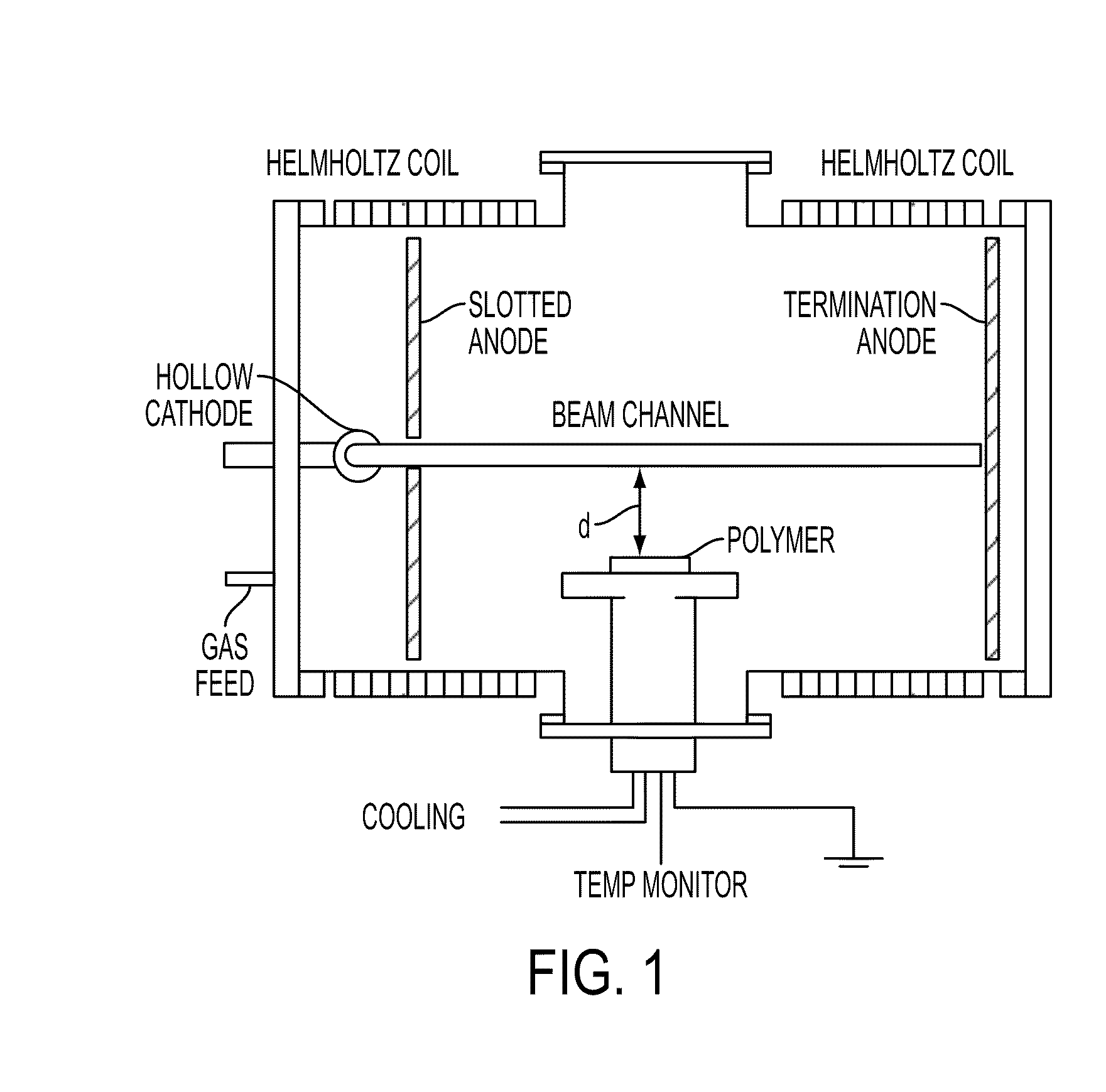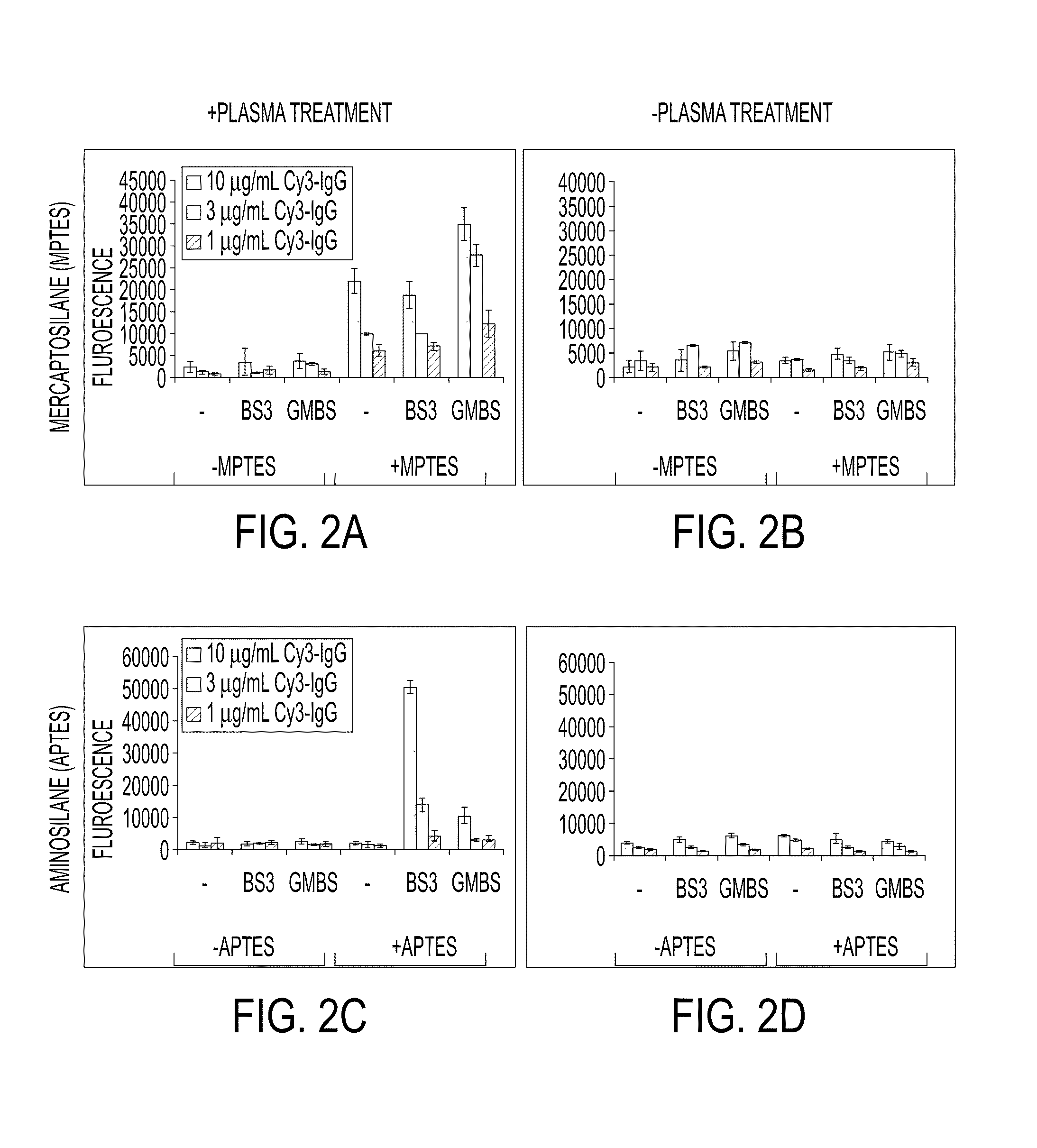Processing microtitre plates for covalent immobilization chemistries
a technology of covalent immobilization and microtitre plates, which is applied in the field of microtitre plates for assays, can solve the problems of poor chemical resistance, loss of biomolecule activity, and difficulty in controlling surface chemistry,
- Summary
- Abstract
- Description
- Claims
- Application Information
AI Technical Summary
Benefits of technology
Problems solved by technology
Method used
Image
Examples
example 1
[0058]Materials—Microfluor I and NUNC Immobilizer Amino 96-well microtiter plates were obtained from Thermo Fisher Scientific (Rochester, N.Y.). Rabbit anti-lipid A (Escherichia coli) IgG was purchased from AbD Serotec (Raleigh, N.C.). Antimicrobial pep-tides (AMPs) cecropin A, cecropin P1, melittin, and cecropin A(1-8)-melittin (1-18) amide were received from American Peptide Company, Inc. (Sunnyvale, Calif.). Cy3 monofunctional N-hydroxysuccinimidyl ester, 4-maleimidobutyric acid N-hydroxysuccinimide ester (GMBS), and bis(sulfosuccinimidyl) suberate (BS3) were purchased from Amersham-Pharmacia (Piscataway, N.J.). Lipopolysaccharide (LPS) from Salmonella typhimurium, (3-mercaptopropyl)triethoxysilane (MTPES), (3-aminopropyl)triethoxysilane (APTES), phosphate buffered saline (PBS), pH 7.4, potassium hydroxide, Tween-20, bovine serum albumin (BSA), dimethyl sulfoxide (DMSO), and methanol were purchased from Sigma-Aldrich (St. Louis, Mo.).
[0059]Preparation of Fluorescently Labeled Igg...
example 2
[0076]The microtitre plates were placed on a 10.2 cm diameter stage located at 2.5 cm from the nominal edge of the electron beam. The stage was held at ground potential and room temperature. The total gas flow rate was held constant at 50 sccm. The experimental conditions are summarized in Table 5.
TABLE 5PressureTimeDuty factorExp. #(mTorr)(min)(%)1600.510290210395210490110590510690220
[0077]As variation in pressure has the greatest influence on the production of plasma species—charged particles, metastables and photons, it is expected to produce the most pronounced difference in oxygen incorporation. The highest degree of oxygen incorporation was observed at a pressure of 90 mTorr (exp #2, Tables 5, 6) (O / C=0.3) resulting in the highest polar component of the surface energy as well. The most likely mechanism of polystyrene modification in argon is the formation of carbon-centered polymer free radicals (P.), which preferentially crosslink. However, chain scission and formation of pol...
PUM
| Property | Measurement | Unit |
|---|---|---|
| Fraction | aaaaa | aaaaa |
| Pressure | aaaaa | aaaaa |
| Frequency | aaaaa | aaaaa |
Abstract
Description
Claims
Application Information
 Login to View More
Login to View More - R&D
- Intellectual Property
- Life Sciences
- Materials
- Tech Scout
- Unparalleled Data Quality
- Higher Quality Content
- 60% Fewer Hallucinations
Browse by: Latest US Patents, China's latest patents, Technical Efficacy Thesaurus, Application Domain, Technology Topic, Popular Technical Reports.
© 2025 PatSnap. All rights reserved.Legal|Privacy policy|Modern Slavery Act Transparency Statement|Sitemap|About US| Contact US: help@patsnap.com



